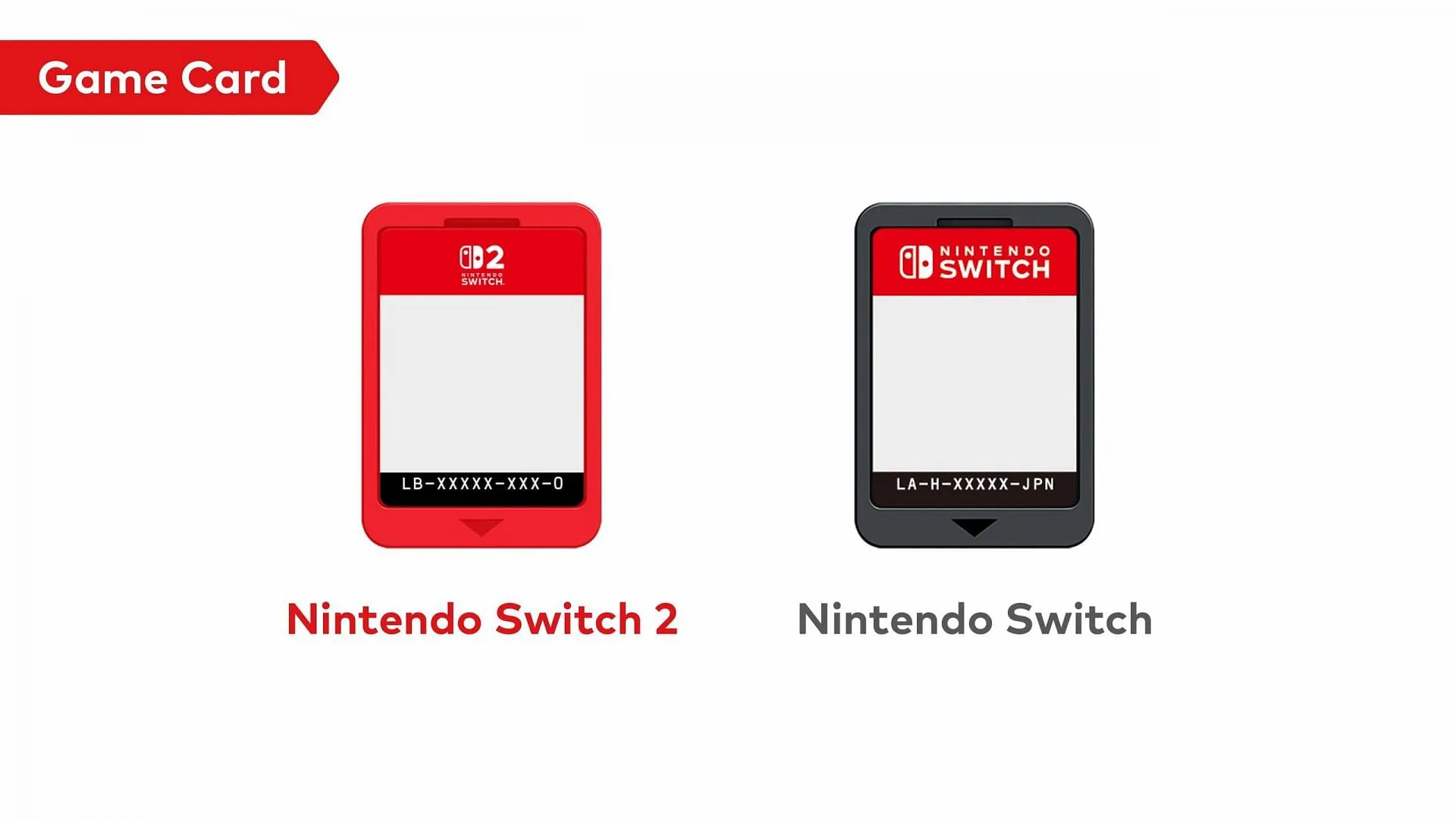During the recent Nintendo Direct event, the highly anticipated Switch 2 was unveiled, alongside a notable update regarding its game cards. The new game-key cards, now distinguished by their red color and enhanced read/write speeds, have sparked a mix of reactions among gamers, leading to some confusion about their functionality.
Concerns emerged reminiscent of the backlash against Microsoft’s Xbox One policies concerning digital rights management (DRM), where players feared that their physical games might be permanently linked to their accounts. Such an arrangement could undermine basic usability, restricting the ability to lend or sell games. Fortunately, Nintendo has promptly addressed these worries by assuring users that they will retain the ability to resell or lend their game-key cards.

Unlike their predecessors, the new Switch 2 game-key cards do not come with the complete game pre-loaded. Instead, they function as license keys, prompting users to download the full game onto their devices once the card is inserted. This shift has contributed to the confusion regarding the necessity of introducing a new physical format, especially since the old game cards could essentially deliver similar results.
Importantly, Nintendo has clarified that these updated game-key cards are not locked to any individual account or console. This means that users have the flexibility to transfer ownership of the card to a friend, enabling them to enjoy the same title on their own Switch 2. This resale option provides an opportunity for gamers to save money, as they can purchase game-key cards at discounted rates from friends.
How Does This Compare to Original Switch Games Available in Retail?
Traditionally, physical Switch games available at retail stores were offered in two formats: game cards and download codes. Game cards contained the full game, which could be played immediately without additional downloads, and they retained resale value. Conversely, download codes permitted access to games via the eShop but were tied to a specific account, limiting their transferability.
The new Switch 2 game-key cards essentially merge these two formats. While they can be bought, sold, or lent like traditional cartridges, the purchaser must have an active internet connection to download the complete game from the online store. Therefore, the new red game-key cards can be seen more as license keys than standalone game cartridges.
For those navigating these changes, it’s clear that Nintendo aims to maintain player freedom while adopting modern gaming practices—allowing both ownership flexibility and accessibility.


